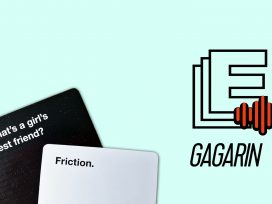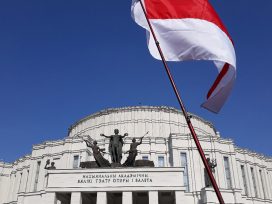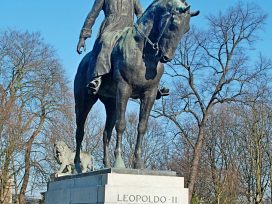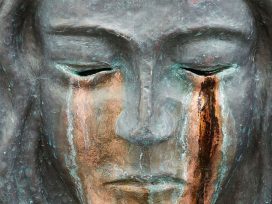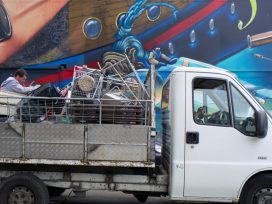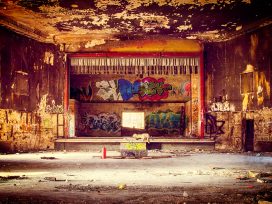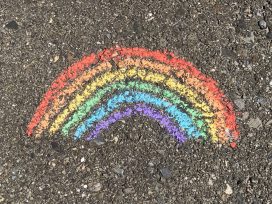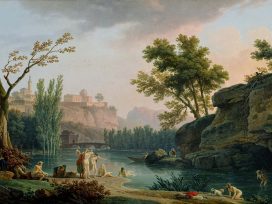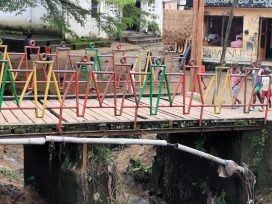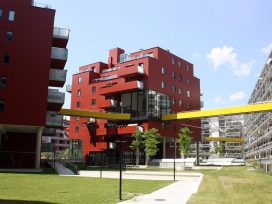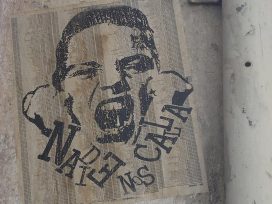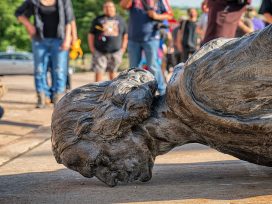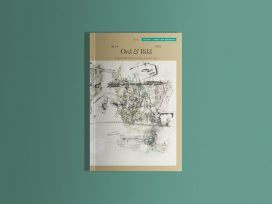Recently toppled colonial monuments have been used to evoke and connect global race-related injustices, past and present. Now anti-racism discourse on violence, worker’s rights, education and cultural heritage is encouraging greater accountability and social engagement. Black Lives Matter.
Politicians, unlikely to condone protestor action, speak of consent and responsibility. But few acknowledge their irresponsible failure to agree on the statue’s future. Local campaigners had been highlighting the colonial inhumanity lurking in their city centre for decades. Then a tragic event occurred across the ocean.
In Public Seminar, Durba Ghosh and Kelly King-O’Brien highlight how protestors evoked and connect two distinct injustices. Before the monument was tipped into the same harbour where slaves once arrived from Africa and the Caribbean, a protestor was photographed with his knee on the statue’s neck, simulating George Floyd’s murder. Referencing campaigns led by Brent Leggs from the African American Culture Heritage Action Fund to uncover lost sites, Ghosh and King-O’Brien ask not only what history is preserved but also what preserving history means.
Before last month, few are likely to have heard of the seventeenth century tradesman and slaver Edward Colston. Might it not have been better for his now infamous name to have remained in obscurity? Or would that reflect a nation’s desire to suppress how its ‘greatness’ was built on human and environmental plunder? For now, let’s keep declaring that Colston committed crimes against humanity, at least until the lesson has been understood.
British colonialism is not yet on the UK national curriculum, even though historians have long expounded its brutal truths. Analysing similar protests in Belgium, Azzedine Hajji and Renaud Maes point out how the simplistic historical narrative that these statues embody contradicts existing knowledge about atrocities in the Belgian Congo. Hajji and Maes connect these atrocities with present, ongoing race-based privilege and marginalization. Despite being educated to a higher level than the national average, Belgians of African descent are four times more likely to be unemployed.
Employment inequality makes for profitable businesses. When Colston’s deposed figure was rolled away, a piece from the textile trader’s bronze coat-tail dropped to the ground with a hollow clank. The moment felt significant in light of revelations about the UK’s contemporary clothing industry: Leicester’s secondary COVID-19 lockdown was largely due to the virus’s outbreak in sweatshops that supply cheaply produced clothing to Boohoo, the billionaire-owned online clothing retailer. Fast fashion’s exploitation of migrant workers is also being likened to slavery.
Globalization’s hunger for cheap production creates illegal and informal working conditions where one may least expect them. The recycling industry, with its virtuous image, also benefits from the exploitation of migrant labour. Today’s scrap metal trade is a lucrative global business. But the Roma and other marginalized migrants who do the dirty work are excluded from social welfare systems, write Bénédicte Florin and Pascal Garret in Revue Projet.
Their article brings to mind Florian Weigensamer and Christian Krönes’ documentary Welcome to Sodom. Shot in Ghana, the film follows the story of various inhabitants of the capital city’s dump. The slum’s local name refers to the fire that constantly rages in biblical proportions from the plastic that is burnt to extract copper from cable and other electrical products.
Ghana’s coast, rich in gold deposits, once attracted British colonists, who also traded in slaves. Those with few resources now scrape the ground with magnets to pick up residue copper. Just imagine what they could do with an entire bronze statue.
Achille Mbembe provides a means of connecting the seemingly disparate aspects of current sociopolitical and environmental concerns. He refers to Karl Polányi who described trade during the Industrial Revolution as: ‘military and warlike; it was an adjunct of … the man-hunters and slave-traders, the colonial armies of the chartered companies’. Mbembe suggests prosperity ‘is about the quality of social ties … We must work together to re-localize the economy through small-scale actions.’
The debate in Bristol and elsewhere initially focused on representation; now it has become a complicated public-private issue infused with philanthropy. The plinth emptied of Colston’s toppled statue was temporarily filled by Marc Quinn’s statue of protestor Jen Reid. The sculptor, who has agreed to pay for the removal of his work, intends to sell it and give all proceeds to organizations of Reid’s choosing dedicated to improving awareness of black history.
One is a social enterprise. The Black Curriculum is a new syllabus devised by 23-year-old Lavinya Stennett, now being delivered with a team of thirty people in schools and through weekend workshops. This hands-on approach, akin to Mbembe’s small-scale actions, are the very initiatives that could just turn protest into lasting action.
This editorial is part of our 13/2020 newsletter. Subscribe to get the weekly updates about our latest publications and reviews of our partner journals.
Published 22 July 2020
Original in English
First published by Eurozine
© Eurozine
PDF/PRINTNewsletter
Subscribe to know what’s worth thinking about.
Related Articles

Giving back the Bronzes
Blätter für deutsche und internationale Politik 1/2023
How Germany is leading the way on the restitution of the Benin Bronzes; why nation state parochialism prevails over a European fourth estate; and how radical climate activism is bringing out the worst in Cold War conservatives.
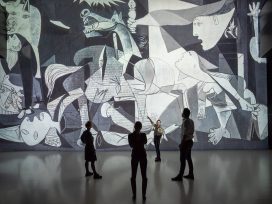
What’s in a word, a term, a meme, a full-blown narrative? At a moment of Russian unilateral ceasefire for the Orthodox Christmas, considered by many Ukrainians as hypocritical, Eurozine authors take an investigative look at the rhetoric of war and Russia’s victim narrative.
